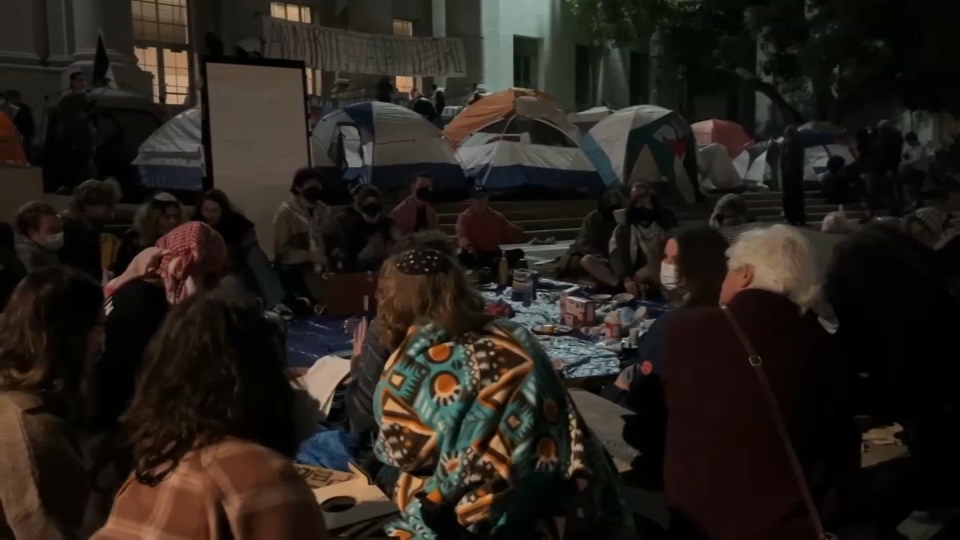It may seem strange that a South Bay community center aimed at preserving the cultural heritage of Indian people settling in the Bay Area would somehow become a powerhouse for U.S. Table Tennis. Or maybe, it’s not a stretch at all given many of the region’s new tech settlers hail from China and India.
“When we started this table tennis activity we saw a great response,” said Rajul Sheth, founder of the Indian Community Table Tennis Center in Milpitas, “because all these Indian and Chinese — they all play table tennis back in their home country.”
In the 10 years since Sheth, a mechanical engineer from India, started the facility, it’s become more than a place for kids to hang out and swat a ball back and forth — a game most Americans grow-up knowing as ‘ping-pong.’ This game — with its speed, spins and blistering exchanges — would seem as out-out-of-place at a backyard barbecue as a hurdle relay.
“If they want to be serious, they want to be professional,” Sheth said, amid the clatter of a zillion bouncing table tennis balls, “this is the place where they end-up coming.”
From its humble beginnings of a few tables crammed in the lobby of the Indian Community Center, the program has morphed into a warehouse-sized launch pad for some of the nation’s top competitive table tennis players. Some 250 students train in the center regularly — national, world champions as well as Olympians among their ranks. On any given day, players might find themselves across the table from an Olympian, forced to crank-up their game for the occasion.
“Really inspired playing right next to them,” said Nikhil Kuma, an under-12 world champion who trains at the center, “and see if I can get to that point.”
The center is a burgeoning table tennis super power, serving as a training ground for six Olympians including four who are regular fixtures among the center’s 30-plus tables. Longtime center products Jiaqi Zheng and Lily Zhang qualified for the 2016 Olympics in Rio. Both played in the 2012 Olympic Games.
Local
“It’s one of the best clubs in America,” said Zhang during a brief break from practice. “By far has the best programs I think for kids and adults. I would definitely not be here without them.”
To further demolish the image of table tennis as happy-go-lucky recreational pastime, on a recent day coach Massimo Costantini prowled the packed tables of students like a drill instructor — shouting tips and highlighting flaws in technique with a dramatic, Italian-accented howl worthy of a soccer player tumbling to the grass in blood curdling anguish.
“Yesterday late night movie?” Costantini barked at a young player. “No? Then come on move your legs.”
Sheth watched Costantini’s bombastic chiding from the sidelines. His critique? He would be even tougher, having come through the military-like table tennis boot camps of his native India. Sheth revealed that as much success as the center has enjoyed, there is a pronounced hole on the trophy shelf.
“Our next goal is to win medal in Olympics,” Sheth said in reverence to the elusive award. “And we are on track for that.”
Sheth said in September, once the Olympics are over, the center is launching a home schooling program so players can further immerse themselves in their table tennis training with sights set firmly on the 2020 Olympic Games. Costantini said the center’s dogged determination is helping its star rise quickly in the firmament of the international sporting world.
“A lot of players coming all the way from other states and other countries to come here,” Costantini said, “work with us, learn something.”
Back on the floor — Costantini returned to his barking — cajoling his young trainees to pick-up the pace with one particularly slow backhand earning its operator three pushups.
“More speed, more speed!” he shouted to no one in particular — trying to hide the benevolent grin creeping across his face.



